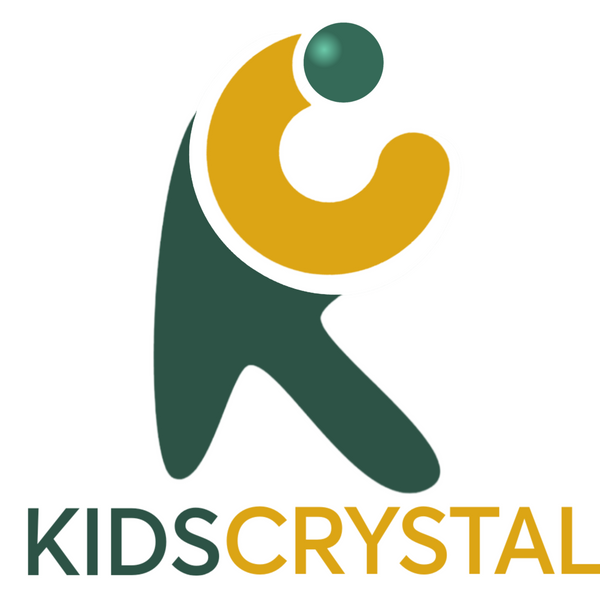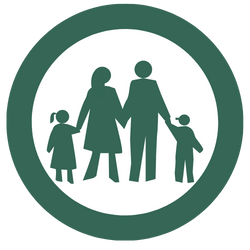Key Takeaways
• Standard sand depth: 4-6 inches provides optimal play experience
• Calculation formula: Length × Width × Depth (in feet) = cubic feet needed
• Bag estimation: Multiply cubic feet by 2 for 50lb bag count
• Extra purchase: Buy 10-15% more sand for settling and future top-ups
• Quality matters: Choose clean, dust-free play sand for safety
Introduction
Creating the perfect backyard play space starts with understanding the fundamentals of sandbox setup. Canadian families investing in outdoor sandboxes face a common question: how much sand do we need? At Kids Crystal, we recognize that proper sand quantity directly impacts your child's play experience, safety, and your maintenance efforts. This comprehensive guide eliminates the guesswork, providing Canadian parents with precise measurements, practical calculations, and expert recommendations for filling any sandbox size with confidence.
1. Kids Sandboxes: How Much Sand for a Kids Sandbox
Determining sand requirements involves understanding your specific sandbox dimensions, desired play depth, and sand characteristics. Most kids sandboxes require between 10-50 cubic feet of sand, depending on size and intended use. The calculation process combines basic geometry with practical considerations like settling, drainage, and seasonal maintenance needs.
Canadian families typically purchase sand in 50-pound bags, with each bag covering approximately 0.5 cubic feet when properly distributed. However, factors like sand type, moisture content, and compaction affect these measurements. Understanding these variables ensures you purchase the right amount while avoiding costly overages or frustrating shortages.
2. Why Knowing How Much Sand for Your Kids Sandbox Matters
Proper sand volume directly impacts three critical areas: child safety, play quality, and long-term maintenance costs. Insufficient sand creates hard surfaces when children dig, potentially causing injuries during active play. Conversely, overfilled sandboxes spill onto surrounding areas, creating maintenance headaches and wasting expensive materials.
The right sand depth promotes creative play while maintaining structural integrity. Children can dig, build, and explore without hitting the sandbox bottom, while parents enjoy easier cleaning and seasonal storage. Quality kids sandboxes paired with proper sand amounts create lasting play environments that grow with your child's development needs.
Step 1 – Measure Your Sandbox Size Accurately
Accurate measurements form the foundation of proper sand calculations. Use a measuring tape to record length, width, and any irregular dimensions in feet and inches.
Measurement Formulas by Shape
|
Sandbox Shape |
Formula |
Example |
|
Square/Rectangle |
Length × Width |
6 ft × 4 ft = 24 sq ft |
|
Circle |
π × radius² |
π × 3² = 28.3 sq ft |
|
Octagon |
Use online calculator |
Varies by design |
For circular sandboxes, measure the diameter (distance across the center), then divide by 2 to find the radius. Round measurements to the nearest quarter-foot for practical calculations.
Step 2 – Decide on the Ideal Sand Depth for Play
Sand depth balances playability with practical considerations. Most experts recommend 4-6 inches for optimal play experiences.
Recommended Depths by Age Group
• Toddlers (18 months - 3 years): 3-4 inches for safe exploration
• Preschoolers (3-5 years): 4-5 inches for building and digging
• School-age (5+ years): 5-6 inches for complex construction projects
Avoid filling to the sandbox rim. Leave 2-3 inches at the top for easier play access, effective cover placement, and reduced spillage during active use. This clearance also prevents sand from mixing with surrounding soil or mulch.
Step 3 – Calculate the Volume of Sand Needed
Convert your measurements to feet for accurate volume calculations. Divide inch measurements by 12 to convert to feet.
Volume Calculation Formula
Area (length × width) × Depth = Cubic Feet Needed
Practical Examples
• 5ft × 5ft × 6 inches: 25 × 0.5 = 12.5 cubic feet
• 8ft × 4ft × 5 inches: 32 × 0.42 = 13.4 cubic feet
• 6ft diameter circle × 4 inches: 28.3 × 0.33 = 9.3 cubic feet
Round up to the nearest whole number for purchasing purposes, as sand settles naturally over time.
Step 4 – Determine How Many Bags or Quantity of Sand to Buy
Standard play sand bags contain 50 pounds, covering approximately 0.5 cubic feet when properly distributed. Use this simple estimation method:
Bag Calculation Method
Total Cubic Feet × 2 = Number of 50lb Bags Needed
Purchase Recommendations
• Small sandboxes (under 15 cubic feet): Add 2 extra bags
• Medium sandboxes (15-30 cubic feet): Add 3-4 extra bags
• Large sandboxes (30+ cubic feet): Consider bulk delivery options
Extra bags accommodate natural settling, seasonal top-ups, and replacement of sand that inevitably gets tracked out during play. Bulk sand purchasing becomes cost-effective for larger projects, typically priced per cubic yard (27 cubic feet).
3. Tips for Filling and Maintaining Your Kids Sandbox
Quality sand selection impacts both safety and longevity. Choose washed, screened play sand free from dust, debris, and harmful particles. Avoid construction sand, which contains dangerous silica dust.
Maintenance Best Practices
• Weekly: Rake sand to prevent compaction and remove debris
• Monthly: Check for foreign objects, animal waste, or mold
• Seasonally: Add fresh sand to replace settled or displaced material
• Annually: Consider complete sand replacement for hygiene
Proper covering prevents contamination from animals, rain, and windblown debris. Quality sandbox covers extend sand life while maintaining cleanliness for healthy play environments.
FAQs
1. What happens in 2 kids 1 sandbox?
Two children sharing a sandbox typically need 25-50% more sand depth to accommodate increased digging activity and social play patterns. Consider 6-8 inches depth for multi-child use.
2. How to make a sandbox for kids?
Building involves selecting a location, creating boundaries (wood, plastic, or stone), ensuring drainage, and adding landscape fabric before sand installation. Check our sandbox collection for ready-made options.
3. When can kids play in sandbox?
Children can safely use sandboxes around 18 months when they stop putting everything in their mouths. Always supervise younger children to prevent sand ingestion.
Discover more to know the ideal time that kids can play in a sandbox.
4. At what age do kids stop playing in the sandbox?
Most children enjoy sandbox play until 8-10 years old, though interests vary individually. The space can transition to gardening areas or other outdoor activities as children mature.





